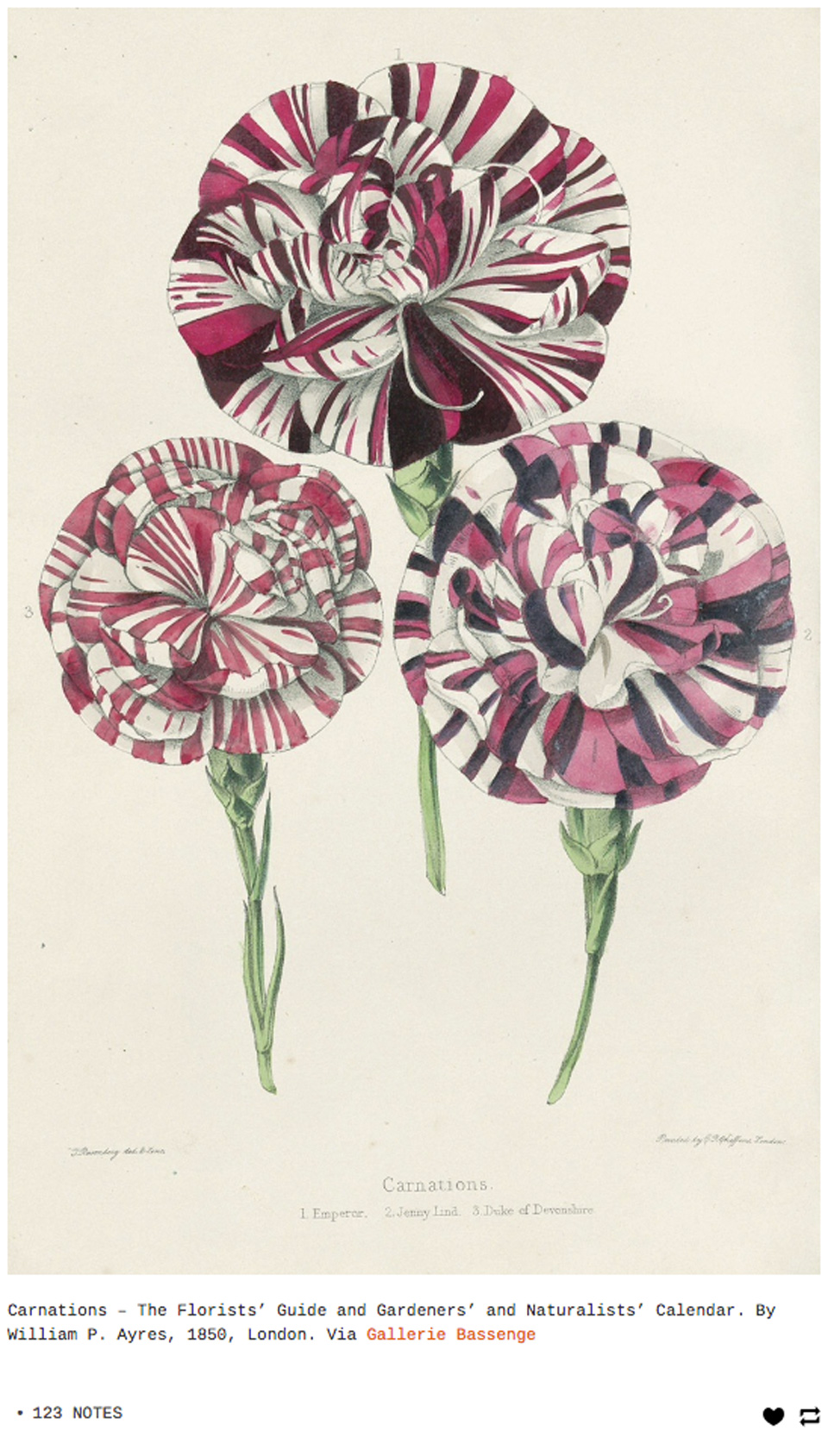
Roses, hydrangeas and peonies steal the floral spotlight, but did you know that the oft-neglected carnation was once a botanical star? The humble flower has been used in fine art for centuries, especially by the Dutch masters. Red carnations were particularly popular in religious imagery; the Greek name for carnation, dianthos, means “flower of God.” Lore has it, too, that carnations sprang from the ground where the Virgin Mary’s tears fell when Jesus died. In Oscar Wilde’s time, green carnations worn in the lapel were a sign of homosexuality — a precursor to the rainbow pin.
Carnations come in an enchanting array of colors, too. We’re talking natural hues; forget about the artificially dyed versions, which have only served to cheapen the bloom’s reputation. One of the inspirations behind our Fall 2018 Happy Times print, in fact, is the variegated carnation, which features gorgeous dégradé shades. Even the simple white ones are historically significant: Anna Jarvis, founder of Mother’s Day, loved them because they were her mom’s favorite flower. “The carnation does not drop its petals,” Jarvis once said, “but hugs them to its heart as it dies and so, too, mothers hug their children to their hearts, their mother love never dying.”
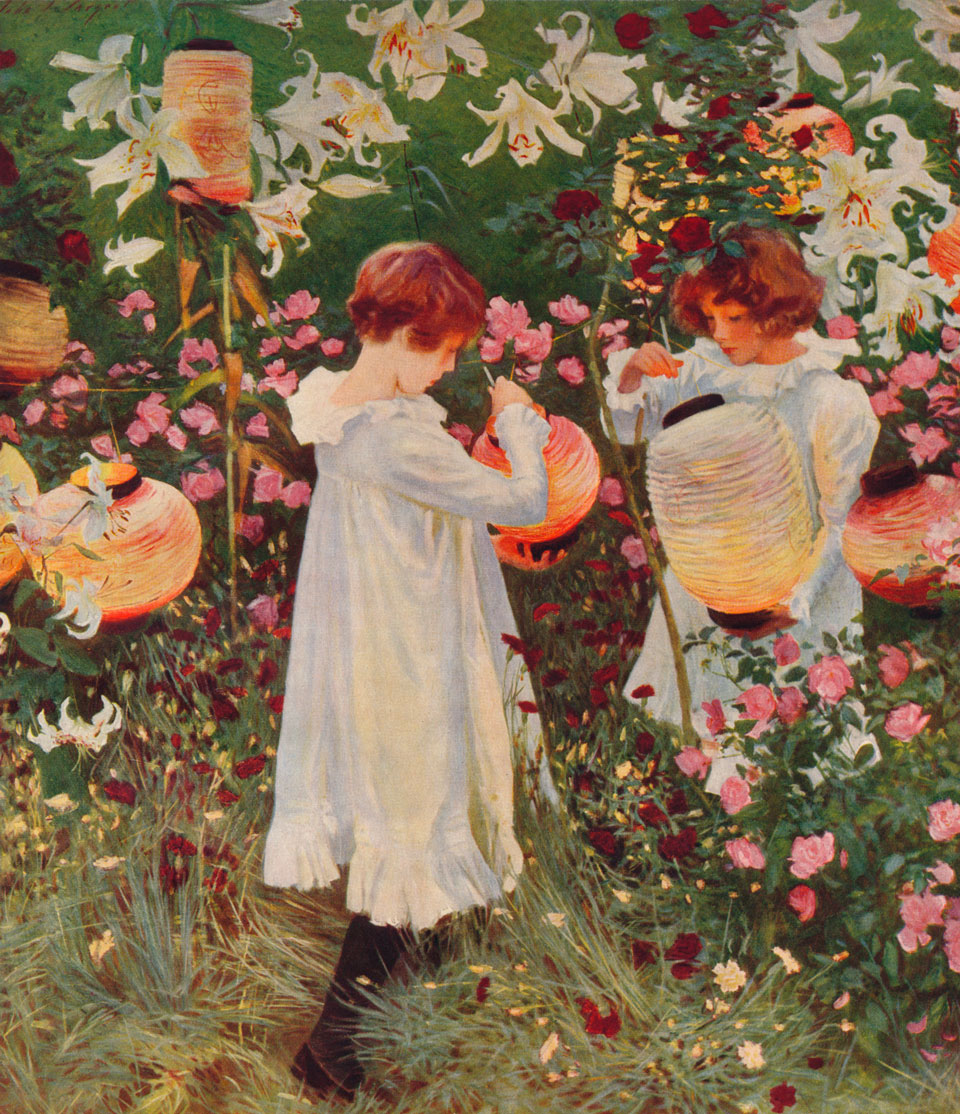
Carnation, Lily, Lily, Rose, 1885-86, by John Singer Sargent; from World-Famous Paintings, edited by J. Greig Pirie (W. & G. Foyle, Ltd, London, 1938.), photographed by The Print Collector/Getty Images
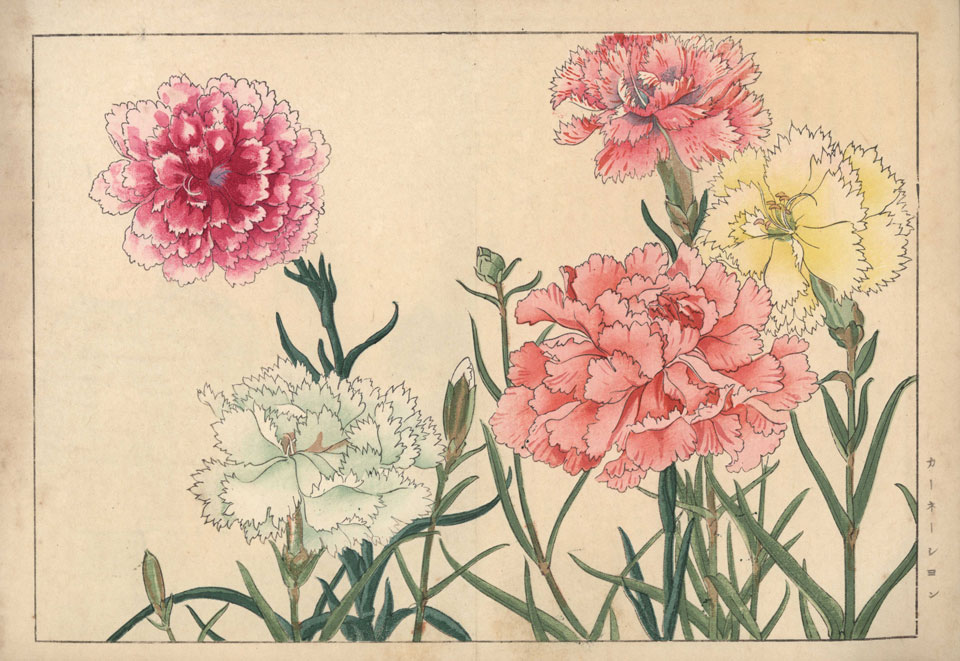
Woodblock print from Konan Tanigami’s Seiyou Sokazufu (Pictorial Album of Western Plants and Flowers: Summer), Unsodo, Kyoto, 1917, Tanigami (1879-1928), photographed by Florilegius/SSPL/Getty Images
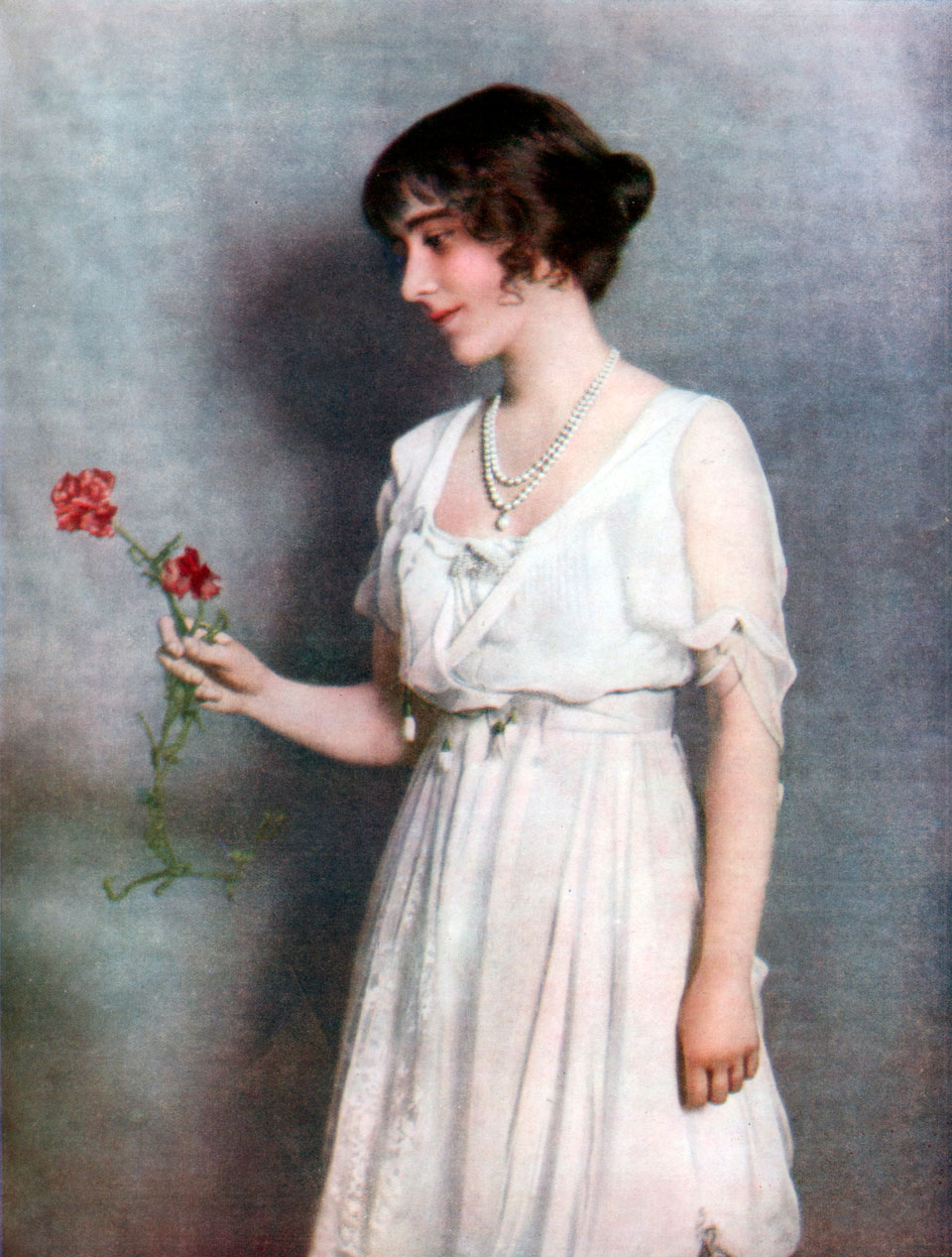
The Red Carnation, Lady Elizabeth Bowes-Lyon, 1923, print from The Illustrated London News Wedding Number, 28th April 1923, photographed by The Print Collector/Print Collector/Getty Images
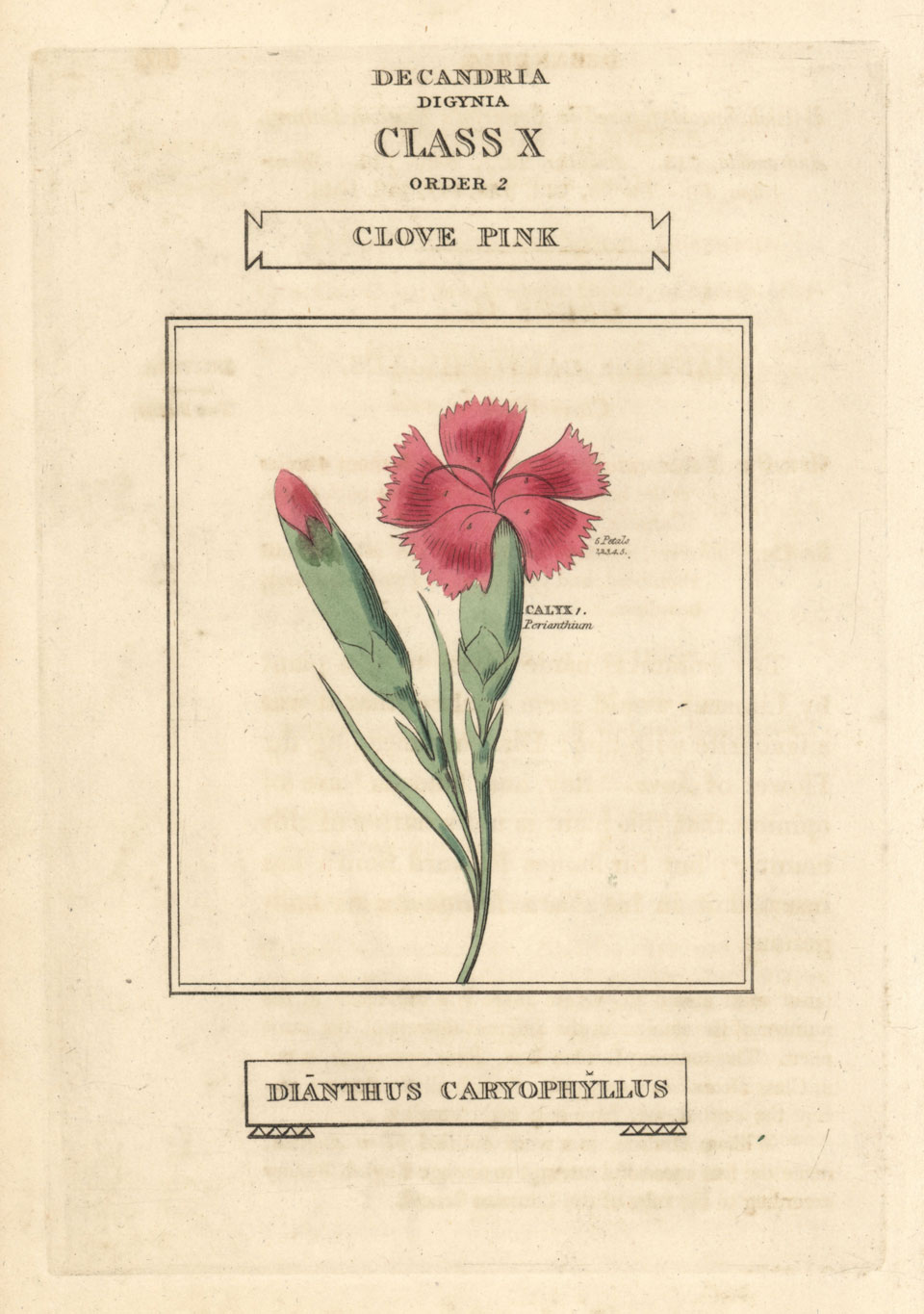
Copperplate engraving after an illustration by Richard Duppa from The Classes and Orders of the Linnaean System of Botany, Longman, Hurst, London, 1816, photographed by Florilegius/SSPL/Getty Images
